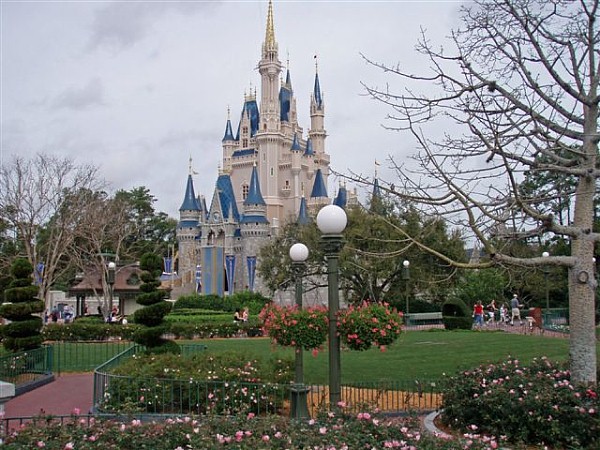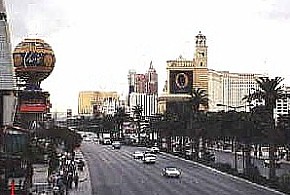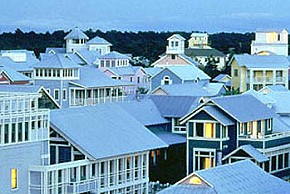97122901 ICM geometric analysis
2110i26
| |
1998.12.19
imaginations
The imagination of frequency surpasses all other modes of the imagination.
The electromagnetic imagination is the most illuminating and clear.
The osmotic imagination endeavors to find all things equal.
The metabolic imagination simultaneously creates while it destroys.
The assimilating imagination is extremely absorbent of data.
The fertile imagination is the most reproductive.
| |

1999.12.29 16:26
Re: reenactment
BC: I am wondering if you've encountered Baudrillard's ideas of simulcra and simulation in relation to reenactment. I am wondering how they are similiar/different/parallel ideas.
SL: As it happens, I purchased and started reading Baudrillard's Simulation and Simulacra just over a week before I went to Brussels (i.e., mid-November). I was prompted to do this when (in early November) I started reading Neil Leach's The Anaesthetics of Architecture, where, in the introduction Leach writes a good bit about Baudrillard's sim-sim ideas. I right away saw the similarities to what I'm formulating regarding reenactment, and thus sought out Baudrillard's book.
I've only read the first three essays of Simulation and Simulacra, and that's now over a month ago. Of the three essays, only the first relates reasonably to reenactment; the other two essays reminded me of Barthes' Mythologies. I have to finish the book, as well as give it a more careful analysis. So, your wondering about "similar/different/parallel ideas" is right on target, and that is precisely what I intend to investigate.
The excerpt you supplied from the online source is very useful, particularly the passage:
So it is with simulation, insofar as it is opposed to representation. The latter starts from the principle that the sign and the real are equivalent (even if this equivalence is utopian, it is a fundamental axiom). Conversely, simulation starts from the utopia of this principle of equivalence, from the radical negation of the sign as value, from the sign as reversion and death sentence of every reference. Whereas representation tries to absorb simulation by interpreting it as false representation, simulation envelops the edifice of representation a itself a simulacrum. This would be the successive phases of the image:
* it is the reflection of a basic reality.
* it masks and perverts a basic reality.
* it masks the absence of a basic reality.
* it bears no relation to any reality whatever: it is its own pure simulacrum.
If I may be so bold, I'd say that the notion of reenactment is indeed missing form the above set of 'simulation', 'representation', 'sign', and 'simulacra', that is, even though what Baudrillard says here is succinct and 'correct', it might just be nonetheless incomplete because reenactment is a continuation, an ongoing affirmation of specific past 'realities'. There is more than a mere thin distinction between 'reflection' and 'ongoing affirmation' or 'continuation'. The core issue for reenactment may be the distinction between enactment and a subsequent(ly necessary by definition) reenactment. Is it correct to say that, for example, Beethoven's actual composing of a symphony is the enactment of the symphony, and hence every performance of the symphony (even the first performance and regardless of the interpretive differences of the rest) is a reenactment? As I said here about a month ago, reenactment involves a play with degrees of separation, specifically degrees of separation from the original enactment, and what Baudrillard does above is essentially map out degrees of separation in the mostly negative extreme.
So far, for me at least, the notion of reenactment (especially with regard to architecture and design and the built environment in general), helps raise significant questions, the answers to which may define what reenactment is or what reenactment is not.
Is Disney's Magic Kingdom really a reenactment of the Garden of Eden (including the unavoidable temptation of capitalism) with some very carefully designed degrees of separation? Is Las Vegas really a reenactment of all that the Tree of Knowledge of Good and Evil had/has to offer? And yes, is New Urbanism really a reenactment of the American Dream?
 
| |
08122901 Ichnographia Campus Martius scanned plans
15122901 Working Title Museum 005 site plan IQMC
2379i03c
d
15122902 Working Title Museum 005 model site plan IQMC
2370i03
b
15122901 Boris Lefevre Wastewater Treatment Plant and Public Baths Cerro de Pasco
16122901 Philadelphia East IQ existing conditions plans 2093i62
16122902 Philadelphia North IQ existing conditions plans 2093i63
16122903 Domestic Museum IQ plans 2381i03
16122904 Ottopia NNTC IQ plans 2349i05
16122901 Gustavo Vitores Schule der Architektur Zürich
17122901 GAUA scheme alternative Philadelphia street grid Altes Museum Palace of Assembly Museum of Knowledge Museum for Nordrhein Westfalen Wallraf-Richartz Museum Museum for Arts & Crafts plans 2429i226
20122901 iqq23 plan base model working data 2468i120
20122902 iqq23 plan base model work 2468i121
|


